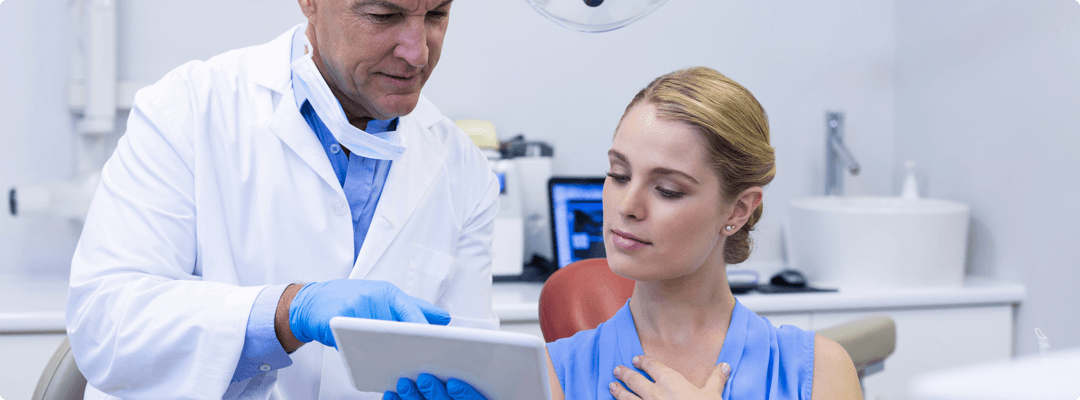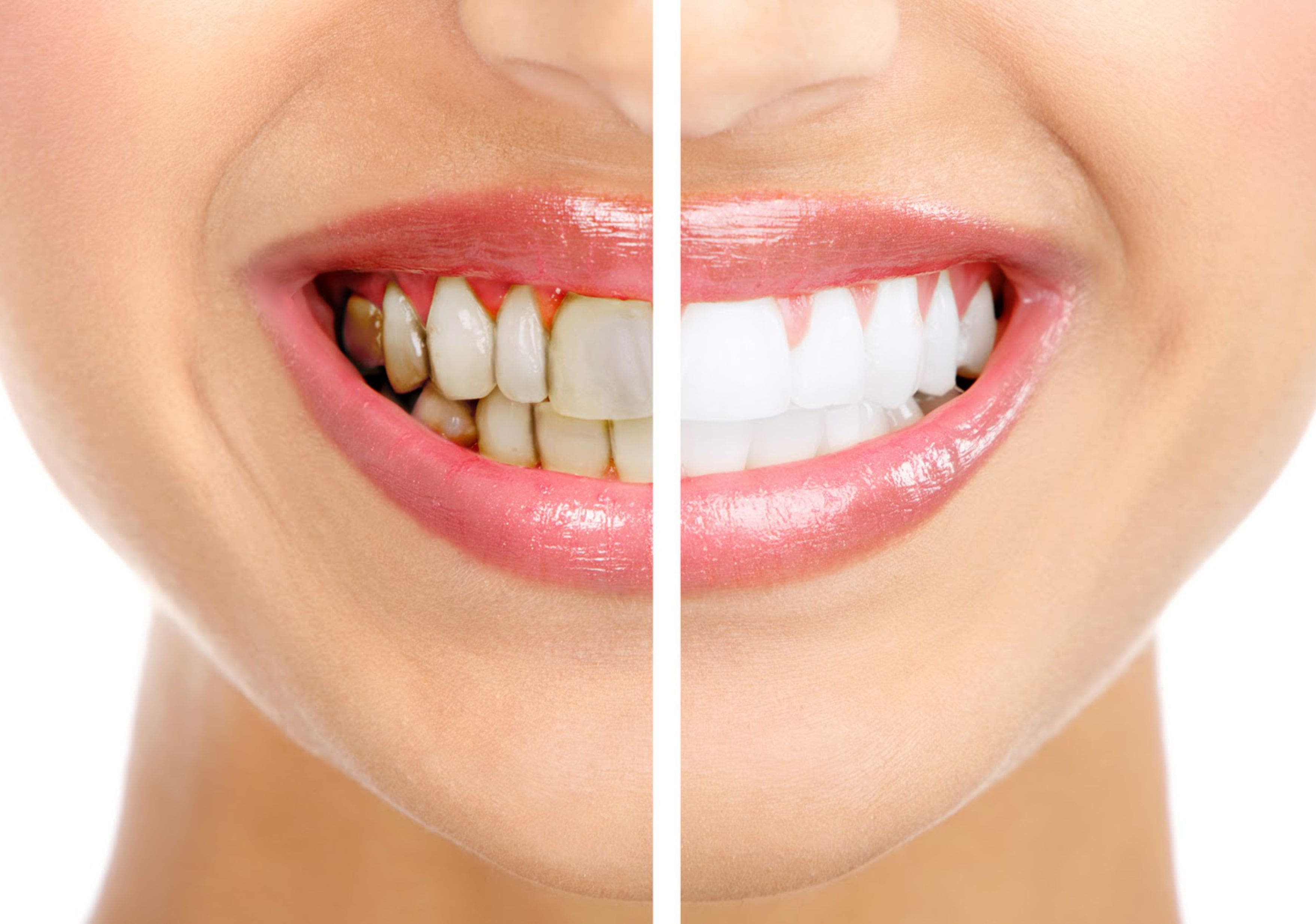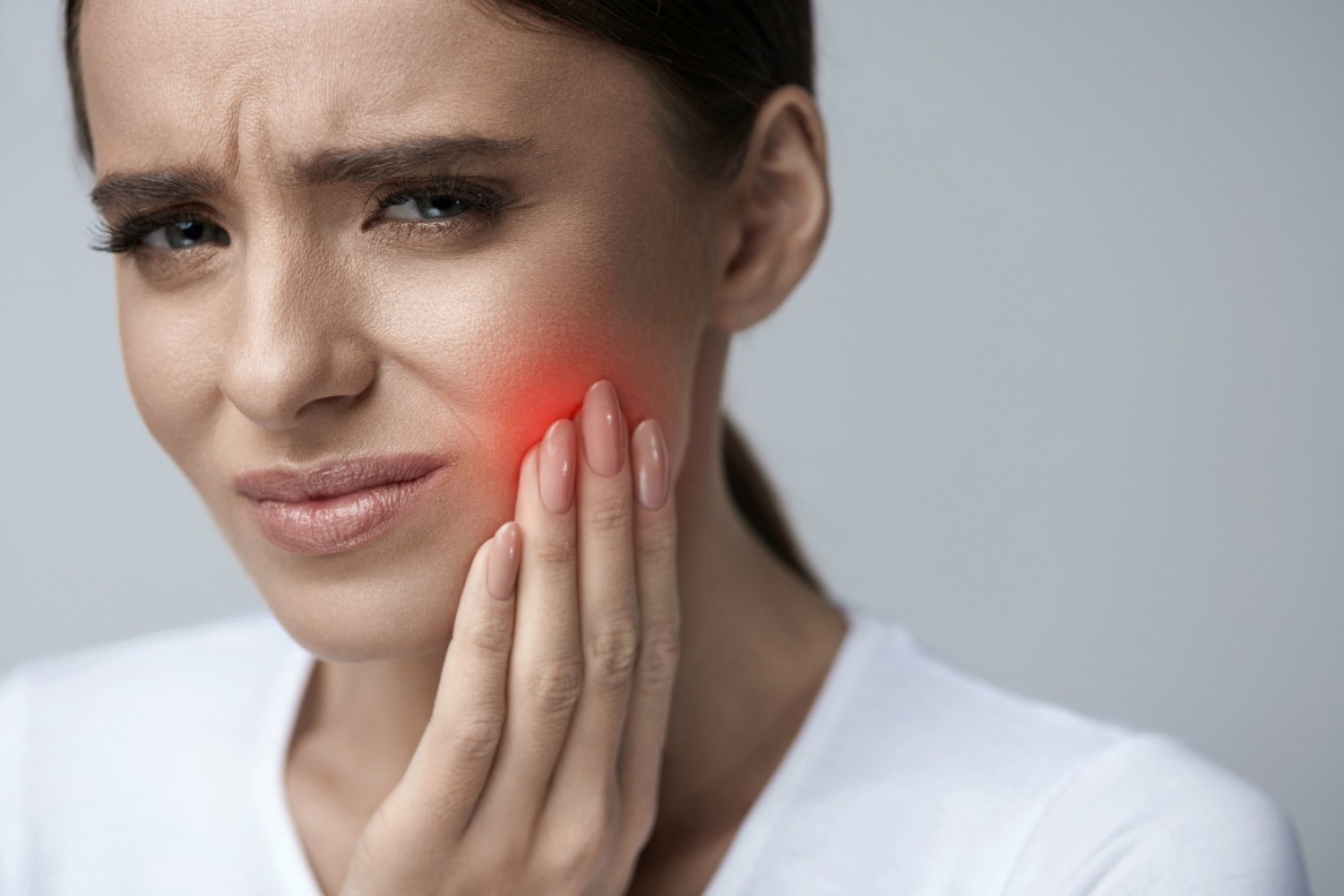We all want to have a beautiful, snow-white smile. But, according to statistics, many of us spend no more than 40 seconds even for elementary brushing of teeth. But during the day, we drink strong coffee and sweets without restrictions and have light snacks without thinking about the consequences for our health.
And all this becomes the reason for the formation of unpleasant in every sense tartar. What you need to know about tartar and how to get rid of it – let’s take a closer look.
Why tartar forms
Plaque is an invisible, sticky biofilm made up of food debris, saliva and bacteria. It forms on everyone’s teeth, even while they sleep. Soft plaque is easily removed with an ordinary toothbrush: it is enough to brush your teeth thoroughly and regularly. But due to poor oral hygiene plaque becomes dense, dark, and after some time mineralized. This is how tartar is formed.
Poor oral hygiene is not the only cause of hard plaque formation. Tartar can also be caused:
- smoking
- bad bite
- excessive consumption of soft and calorie-dense foods
- gastrointestinal diseases
- metabolic disorders
- use of low-quality hygiene products
In ancient times, when there were no toothbrushes, people tried to remove brown plaque by using salt, charcoal, pepper, oil, wool, bark and even iron to clean their teeth.
What is the harm of tartar
At first glance, dark plaque on the teeth seems like a non-serious problem. “Yes, it is unaesthetic, ugly, but no more than that,” – many of you will think. And they will be wrong. The consequences can be very serious, up to the loss of teeth, and it is only a matter of time.
The number of pathogenic bacteria living in plaque is growing every day. In the process of life, they actively produce acids that negatively affect the teeth and gums. As a result, caries and periodontitis – two of the most common dental diseases – are formed. But while the former can be treated quickly, the latter can be treated with difficulty and not always. These problems can be avoided if you get rid of dental deposits in time.

Whether you can remove tartar on your own
It is impossible to remove hard dental deposits with an ordinary toothbrush. But many people do not lose faith in their own strength, so they look for other simple and easily accessible means. There are many “useful” tips on the Internet on this problem, but, unfortunately, they are not always effective, and many of them are even dangerous. After all, most of these recommendations are most often given by those who do not have even primary medical education. Here are a few “grandmotherly” tips that promise to make your teeth whiter than white, and explain why you should not self-medicate.
Tip #1
Grind a radish on a grater and add to it the juice of one lemon. Rub the resulting mass into your teeth twice a day.
Dentist’s comment
As you know, lemon juice contains acid. A few decades ago, dentists, indeed, first treated the enamel with a special acid, under the action of which the tartar softened, and then proceeded to mechanical cleaning with special tools. But at home, wielding one toothbrush, you can not remove hard plaque. But easily get a complication in the form of enamel erosion and increased tooth sensitivity due to uncontrolled and inappropriate use of acid.
Tip #2
Boil the bark of walnut branches. Use the decoction instead of toothpaste. The duration of brushing should be 2-3 minutes.
Dentist’s comment
Brushing your teeth for at least two minutes and after every meal is the typical recommendation of a dentist. However, herbal decoction has the same zero effectiveness as drinking water. If you brush your teeth without toothpaste, you will at best remove soft plaque. With mineralized stone can not cope with any, even the best brush, professional toothpaste, and certainly will not be able to remove it decoction of herbs.
Conclusion:
Tartar is most often formed as a result of poor-quality and irregular oral hygiene and other related negative factors. It accumulates in hard-to-reach places: in narrow interdental spaces, on the inside of the incisors, in the sub-gingival area – where a toothbrush is completely powerless. It is impossible to remove hard plaque on your own. Therefore, do not waste your strength, time and health, contact a specialist wo will get rid of this problem within an hour.
Ultrasonic cleaning: remove and do no harm
In many European countries, ultrasonic cleaning of teeth is a mandatory preventive procedure in the fight against common dental diseases. In Russia, this is not yet practiced. And this is more of a minus than a plus, as most of our patients are used to procrastinate until the last minute and most often go to the doctor when there are pronounced symptoms of the disease.
The procedure is carried out by a hygienist or a periodontist using modern equipment – ultrasonic scaler. After examining the patient and excluding contraindications, the specialist selects an attachment to the device and begins treatment.
Ultrasonic cleaning is a painless procedure, but local anesthesia may be used for sensitive teeth or deep cleaning of periodontal pockets.
The high-frequency ultrasonic waves of the scaler break down stubborn dental deposits and destroy harmful bacteria even in the hardest-to-reach areas. The duration of the cleaning depends on the number of teeth to be treated, but rarely exceeds one hour. The procedure is completed by polishing the teeth. Less plaque accumulates on a completely smooth surface, which means your teeth will stay clean for a longer period of time.
Ultrasound is contraindicated for children with a deciduous bite. Starting at the age of 11-12, the procedure is performed as indicated.
For most patients, ultrasonic cleaning is a safe dental procedure. However, it is not performed in case of acute or exacerbation of chronic disease, acute respiratory viral infection, acute respiratory infections or any infectious disease. Ultrasound is used with caution in patients with a pacemaker.
To date, ultrasonic cleaning is the most effective and fastest method of getting rid of dark plaque and returning the natural whiteness of teeth. For preventive purposes, dentists recommend repeating this procedure twice a year, and those who undergo orthodontic treatment with bracket systems, even more often – every three months.
How to avoid the formation of dark plaque on your teeth
Follow our recommendations:
- practice good oral hygiene
- buy a quality toothbrush and toothpaste
- rinse your mouth with water or chew gum after every meal
- balance your diet
- eat more fruits and vegetables
- avoid “unhealthy” snacks
- take a responsible attitude to your health
- visit your hygienist and dentist every six months.
These simple recommendations will help prevent tartar buildup and the development of common dental diseases that are more difficult, longer and more expensive to treat.




